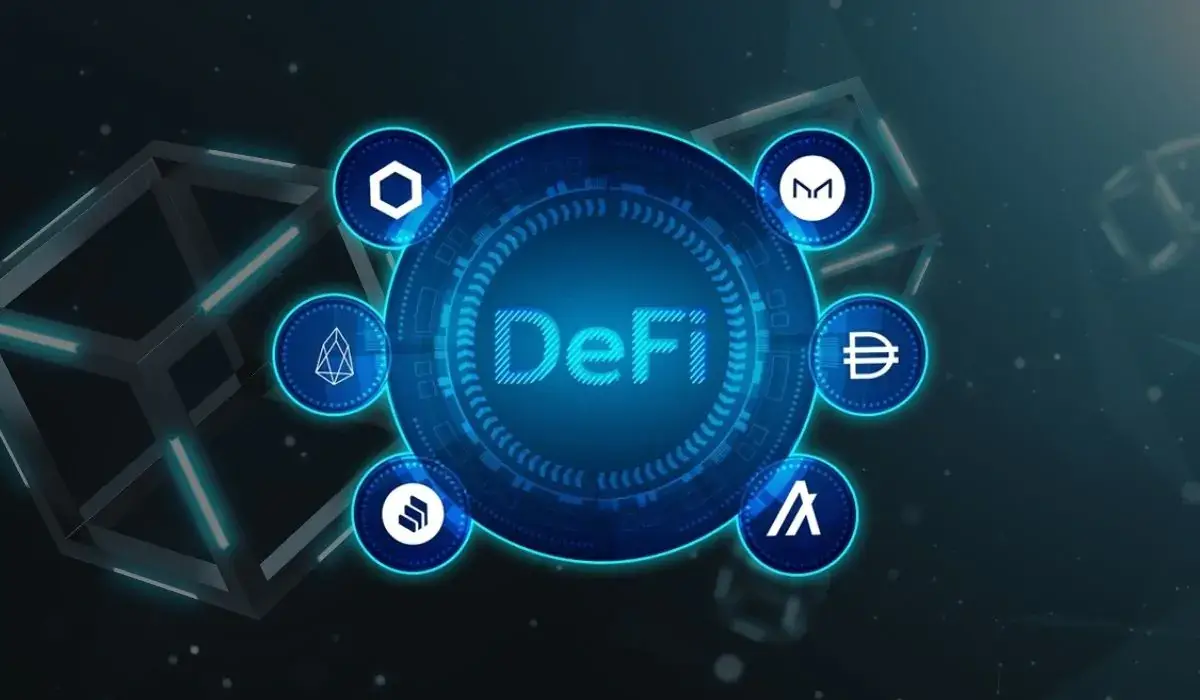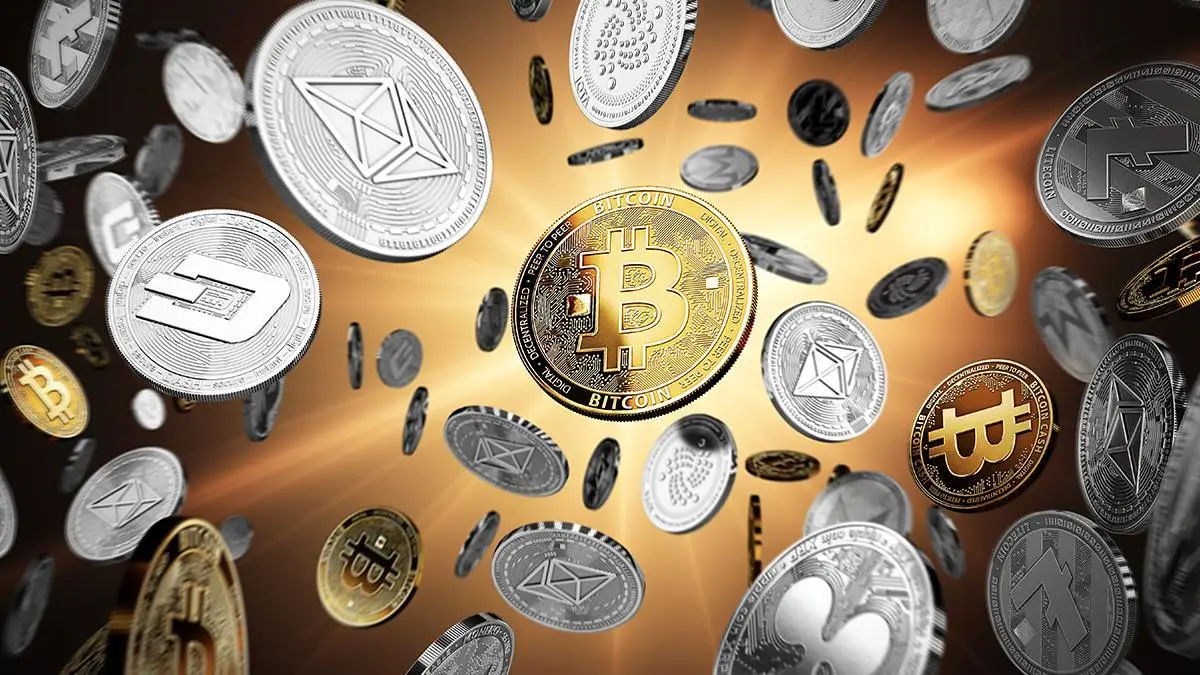The world of digital finance is evolving rapidly. Hundreds of projects are launched every year, offering users new tools for investments, earnings, and capital management. However, even experienced traders sometimes confuse two basic concepts. What is the difference between a coin and a token, how to recognize it, what functions they perform, and why it is important to understand the specifics of each? Let’s delve into details in the article.
What is a Coin and How Does It Differ from a Virtual Asset?
A native coin is understood as a full-fledged cryptocurrency that operates on its own blockchain network. Bright examples include Bitcoin, Ethereum (after the transition to Ethereum 2.0), Litecoin. Blockchain assets are designed for storing value, transferring funds, and maintaining operational infrastructure.
In turn, a token is created based on an existing platform — for example, Ethereum, Solana, or Binance Smart Chain. It does not have its own network but uses resources from an external blockchain.
Key Differences Between Tokens and Coins in Practice
To better understand the difference between a coin and a token, it is worth looking at their practical application. If the former is used as an independent asset, the latter typically serves a functional role within a specific platform or project. Digital equivalents of rights can be created in a matter of minutes, without launching a blockchain network, thanks to smart contracts.
Native coins have broader integration with exchanges, infrastructure, and platforms. They are mined through mining or staking and often serve as the foundation for the economy of an entire network. Tokens, on the other hand, are flexible tools used in gaming projects, startups, loyalty systems, and other limited environments.
Difference Between a Coin and a Token — Key Comparison Parameters
For clarity, let’s highlight several parameters by which you can determine to which class a digital asset belongs:
- presence of its own blockchain network;
- issuance method — mining/staking or smart contract;
- level of prevalence;
- role within the ecosystem;
- depth of technical integration;
- ability to be a payment method;
- security and verification requirements.
These differences help form a well-founded investment strategy, especially when choosing between long-term holding or short-term speculation.
Types of Tokens and Their Features
Today, there are several categories of digital equivalent rights, each performing its own role. Depending on their purpose, they are divided into:
- Utility tokens — service tools providing access to platform or application functions;
- Security tokens — analogs of securities confirming a share in a project or profit;
- stablecoins — digital equivalents of fiat currencies backed by assets or algorithms;
- NFTs — non-fungible tokens representing unique digital objects.
Each type helps understand how diverse tokenization can be and why the difference between a coin and a token goes far beyond simple definitions.
Where to Buy, Sell, and Store Digital Assets?
Modern exchanges provide all the necessary tools for working with digital equivalents and native coins. Whether planning to profit from price growth or make long-term investments, it is important to consider the platform’s reliability, fees, and support for specific formats.
Coins are often supported by hardware wallets and native applications, while digital assets require the use of a compatible platform, such as MetaMask or Trust Wallet.
When it comes to security storage, special attention should be paid — especially for Security and NFT, where losing keys can result in complete loss of access.
How Does the Difference Between a Coin and a Token Affect Tokenization?
The concept of tokenization involves converting real assets into digital form. In this context, digital variants become the main tool — as they are easily programmable, adaptable to legal structures, and do not require launching a new network.
Nevertheless, native coins remain the foundation of blockchain infrastructure. Without them, there is no base on which tokens operate. Therefore, the difference between a coin and a token is not just a theoretical category but an important element in understanding the architecture of digital markets.
Investment Aspects: Blockchain Asset vs. Token
From an earnings perspective, both types can be promising. However, the income structure differs. Native coins often serve as investment objects in blockchain platforms, mined through mining or staking. Tokens participate in ICOs, IDOs, become part of high-yield projects, but also come with increased risks.
When building a portfolio, it is important to consider how well the project is researched, whether it has functional application and growth potential. Understanding the difference between a coin and a token becomes key to a successful strategy.
Why Is It Important to Distinguish Cryptocurrency?
In today’s digital space, where technologies are advancing rapidly, understanding the basics is essential for anyone working with cryptocurrencies. The difference between a coin and a token forms the basis of a sound approach to investments, asset protection, and strategic management.
A conscious choice between tools allows you to build a balanced model of interaction with the market: from buying to selling, from storage to practical application. And in the conditions of growing tokenization and decentralization, knowledge of the structure becomes as important as understanding the basic principles of blockchain.
 en
en  ru
ru  de
de  ar
ar  es
es  nl
nl  hi
hi  fr
fr  it
it  pt
pt  el
el 




